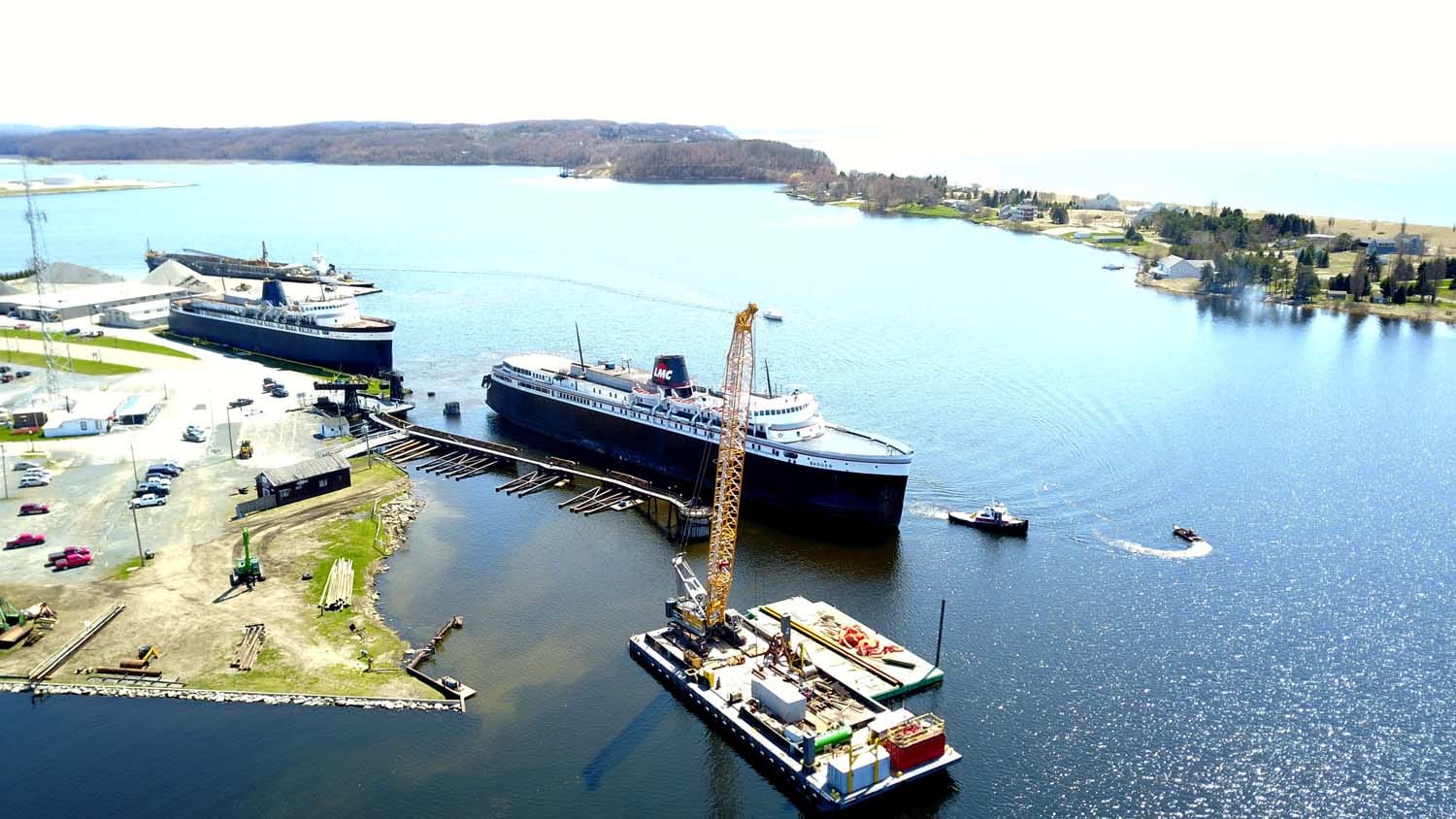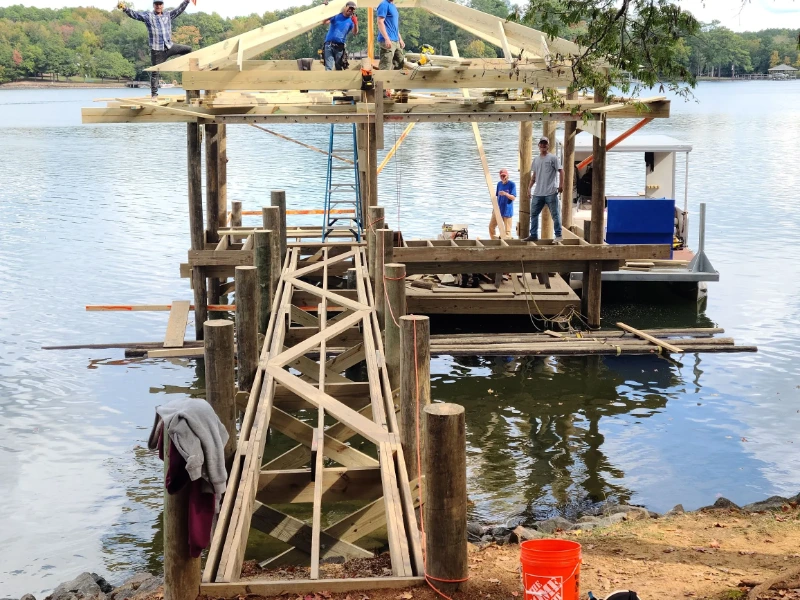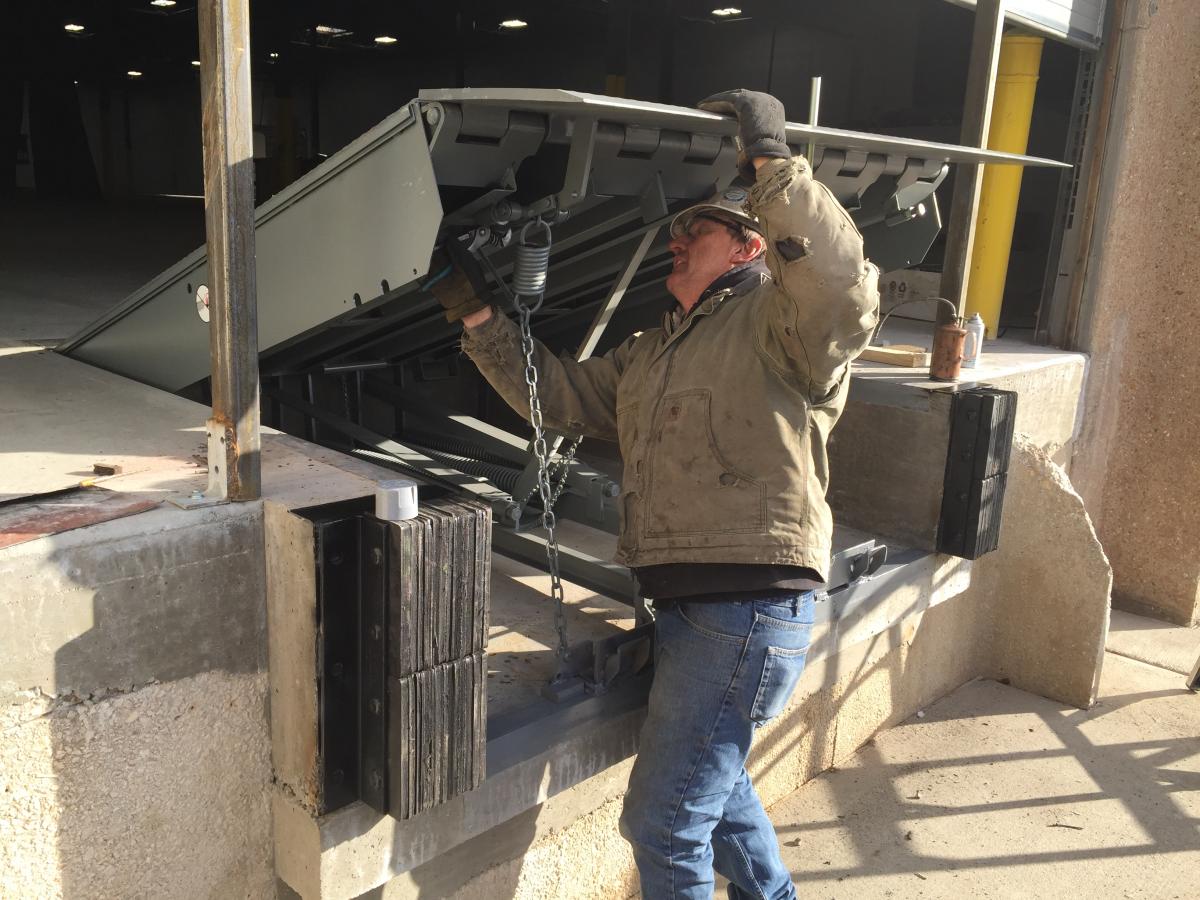Exactly How to Address Common Dock Fixing Issues for Safe Water Tasks

Identifying Common Dock Issues
Identifying usual dock concerns is important for maintaining the functionality and security of your waterside residential property. Routine evaluations can assist discover troubles before they come to be severe, guaranteeing both the durability of the dock and the safety of those that utilize it. One prevalent issue is rusty or loosened bolts. In time, screws, bolts, and other bolts can end up being loosened as a result of constant direct exposure to water and weather condition aspects, resulting in structural instability.
An additional usual problem is the destruction of flotation protection gadgets. These devices are crucial for maintaining the dock buoyant, and any damage or punctures can create the dock to listing or sink. Consistently looking for leaks or water logged floats can preempt a lot more considerable concerns.
In addition, algae and barnacle accumulation on the dock's surface area can create unsafe and unsafe problems. This biofouling not just poses a risk to individuals yet can also accelerate the damage of the dock materials.
Lastly, checking for indicators of corrosion on steel components is necessary. Rust can compromise the integrity of the dock's framework, making it risky. By consistently identifying these typical dock problems, you can make sure that your dock continues to be secure and functional for many years to find.
Repairing Rotting Wood
When dealing with the issue of decaying wood on your dock, it is crucial to act promptly to stop further wear and tear. Begin by completely examining the entire structure to determine all impacted areas. Use a screwdriver to probe the wood; if it sinks in quickly, the timber is most likely decomposed and needs instant attention.
Be certain to reduce back to healthy, solid wood, ensuring you eliminate all jeopardized material. After removal, treat the continuing to be timber with a timber chemical to avoid future rot.
Next, change the gotten rid of sections with marine-grade lumber or pressure-treated wood, which are extra resistant to water damage. Secure the brand-new pieces with stainless-steel or galvanized fasteners to stop deterioration. Furthermore, applying a water-proof sealant to the new wood can offer an added layer of security.
Securing Loosened Boards
Just how do you ensure your dock continues to be risk-free and useful for all its individuals? One crucial facet is securing loosened boards, which can or else pose considerable threats. Loose boards not just increase the danger of stumbling yet can also endanger the structural honesty of the entire dock.

For reinstallation, utilize galvanized or stainless steel screws, as these products use remarkable resistance to rust in marine environments. Make certain the screws are long enough to penetrate deep right into the underlying support framework, however not so long that they stick out with the dock's surface. Pre-drilling pilot openings can help protect against the wood from splitting.
Last but not least, preserve a regular examination routine to identify and resolve any brand-new problems promptly. By safeguarding loose boards successfully, you add to the total safety and long life of your dock, making it a trustworthy platform for water activities.
Maintaining Unsteady Pilings
Making certain the stability of unstable pilings is paramount to preserving a safe and practical dock. Unstable pilings can compromise the entire framework, posing considerable risks to individuals and possibly resulting in costly repair services. The primary step in maintaining these important parts is a complete evaluation. Check out the pilings for indications of rot, damages, or moving. Utilize a degree to check for vertical alignment and ensure they are driven deep sufficient into the substratum to offer appropriate support.
If the pilings are found to be unstable, one effective method for reinforcement is the use of additional bracing. Cross-bracing with treated lumber or galvanized metal can substantially boost security. Support the dental braces safely to both the pilings and the dock framework to distribute loads evenly.

Routine maintenance and routine reassessment of the pilings' security are important to making sure long-term dock safety and security and performance.
Changing Rusty Hardware
Addressing unstable pilings is just one facet of preserving a dock's integrity; one more critical concern is replacing rustic equipment. With time, exposure to moisture and salt can cause the oxidation and corrosion of braces, screws, and bolts, jeopardizing the whole structure's security. Regular evaluation for corrosion is important, specifically after severe weather condition or seasonal changes.
When rustic equipment is identified, instant activity is called for. Begin by selecting marine-grade stainless steel or galvanized equipment, both designed to withstand the extreme aquatic environment. Guarantee that you have the ideal devices, such as wrenches and screwdrivers, to safely eliminate the old, rusty items without causing further damage to the dock.
After getting rid of the corroded hardware, thoroughly clean the influenced locations to get rid of any type of recurring corrosion or particles. Use a rust-inhibiting guide to revealed steel surfaces before installing the new equipment. Tighten up all components safely to stop future loosening, and regularly evaluate the installations to ensure ongoing stability.
Changing corroded equipment not just click this link expands the dock's life-span however likewise dramatically boosts the safety and security of water tasks. By proactively taking care of rust, you secure both the structure and its individuals, making sure a delightful and safe waterside experience.
Final Thought
Regular inspections and upkeep are vital to resolve typical dock repair work issues and ensure secure water tasks. By identifying and remedying troubles such as decomposing wood, loosened boards, unstable pilings, and rustic hardware, architectural security and durability can be significantly enhanced. The application of appropriate therapies and marine-grade materials further strengthens the dock against ecological stressors. Such proactive procedures add to the total security and functionality of dock frameworks, fostering a safe and secure environment for water-based tasks.
Making sure the safety of water tasks pivots significantly on the appropriate upkeep and repair work of anchors (Dock Repairs). These tools are vital for maintaining the dock buoyant, and any kind of damage or leaks can create the dock to list or sink. By regularly recognizing these usual dock issues, you can make sure that your dock remains protected and useful for years to come
Making sure the security of unstable pilings is paramount to preserving a functional and safe dock.Routine assessments and upkeep are essential to deal with typical dock fixing concerns and ensure safe water activities.